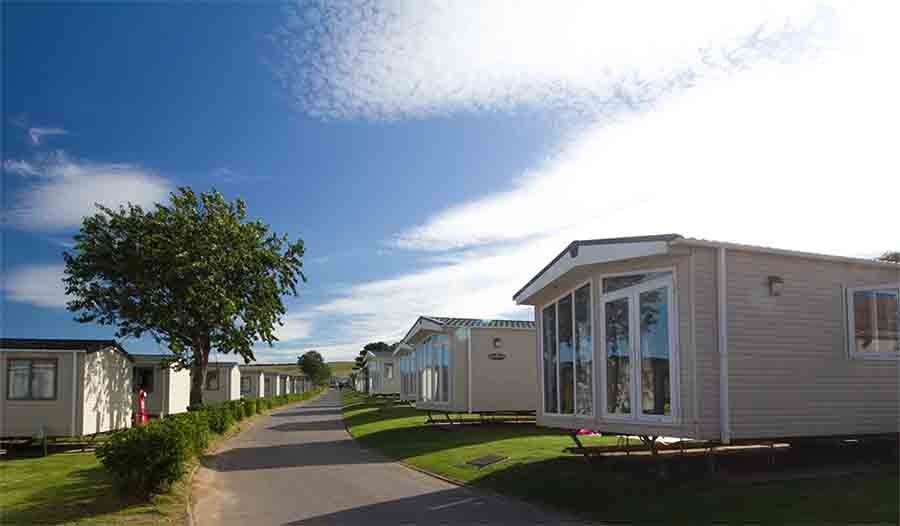Whether you’re running a primary school or a multi-academy trust, you’ll know that fire safety in your setting is about far more than meeting your legal obligations. Protecting students, staff and visitors is your number-one priority, which is why it matters to plan ahead, provide training, and invest in systems that will help your school stay safe and compliant throughout the year.
In this post, we look at everything you need to know about maintaining a robust fire safety strategy for your setting.

Staying compliant with fire safety regulations
The Regulatory Reform (Fire Safety) Order 2005 governs fire safety in the UK and puts a duty of care on your Responsible Person – usually a headteacher or site manager – to make sure suitable fire safety precautions are in place and kept fully up to date. Part of this role is to carry out fire risk assessments, keep records of those findings, and manage any risks or hazards found. The Responsible Person will then oversee emergency planning.
Buildings used for education, especially newer units, are also expected to be designed and managed in line with Building Bulletin 100 (BB100), which covers expectations for fire safety engineering, and is intended to make educational buildings as safe as possible for students and staff. The guidance covers everything from material choices and fire safety equipment through to risk tools, and is a useful resource for anyone making decisions.
Handling fire risk assessments and planning
Fire risk assessments are mandated for all non-residential premises as part of the Fire Safety Order. Doing one annually is also the best way to stay on top of new or developing hazards in your setting – especially if you’ve recently upgraded or changed the use of a building on your site.
All fire risk assessments should follow a clear, step-by-step process that looks at everything from escape routes and fire detection systems to fire doors and evacuation procedures. These elements will then inform a regularly updated report as well as an actionable plan to mitigate risks using approved fire safety measures.
Of course, different school types are likely to need different responses. A boarding school, for instance, will probably need to place greater emphasis on escape planning, while a school that caters for students who are less able may need to consider a more inclusive policy. For this reason, engaging with a third-party fire safety specialist may be useful – this way, you’ll have the peace of mind that you have the right response in place for your exact needs.
Servicing and certifying critical equipment
With safety policies in place behind the scenes, having the right warning and suppression equipment in place is essential. Staying safe and compliant means investing in the right equipment for your setting, which will usually mean maintaining fire-rated doors, alarms and sounders, automatic opening vents, fire extinguishers and sprinkler systems.
Proactive maintenance and documentation including Log Books for this equipment is just as important. Common issues in schools can include wedged-open fire doors, outdated systems, and inadequate signage, which can all-too-easily threaten safety as well as compliance. Regular inspections will catch and prevent these issues, and ensure all systems have been checked and certified as ready to work in an emergency.
Training and awareness
Even with the best systems installed, you’ll still need to invest in fire safety training and awareness – for students as well as your responsible staff. In fact, fire safety should be embedded in your school’s day-to-day routines, and treated as a priority for everybody in the building.
This means training your staff on all relevant protocols, involving and educating your students on evacuation and/or alarm-sounding plans, and carrying out regular fire drills so you can review and optimise your response. What’s more, you should make sure there are clear instructions visible in your classrooms and corridors.
Read more in our guide to creating a fire safety plan.
Managing fire safety across larger trusts or estates
Every building’s needs are different, which makes managing fire safety across multiple sites a more complex challenge.
This is where compliance systems and digital record-keeping will come into their own, giving your facilities team a centralised overview of all relevant equipment and compliance data, as well as standardised assessment templates – often from a single dashboard.
To further improve consistency and avoid gaps, it might be the case that you look to employ a dedicated fire safety lead for your institution. Similarly, a third-party fire safety partner could help you manage multi-site inspections, freeing you up to concentrate on everything else.
Staying inspection-ready
Your ongoing fire safety compliance could be reviewed regularly by bodies including Ofsted, school trust boards, and other external auditors.
At the very least, you’ll need to show a paper trail with evidence of recent fire risk assessments, equipment testing and certification, and records of any training or drills carried out. This is why keeping records matters – not only for your peace of mind, but for reasons of accountability. It’s also the best way to avoid a panicked, last-minute scramble. Build these habits into your daily routines, and you’ll enjoy the confidence that you could be audited at any time and still have everything covered.
For more help with understanding your responsibilities and keeping equipment in good shape, why not speak to a JLA fire safety specialist? With a century of combined experience, we’re always ready to help.

For more expert insights, visit the JLA Knowledge Hub.



